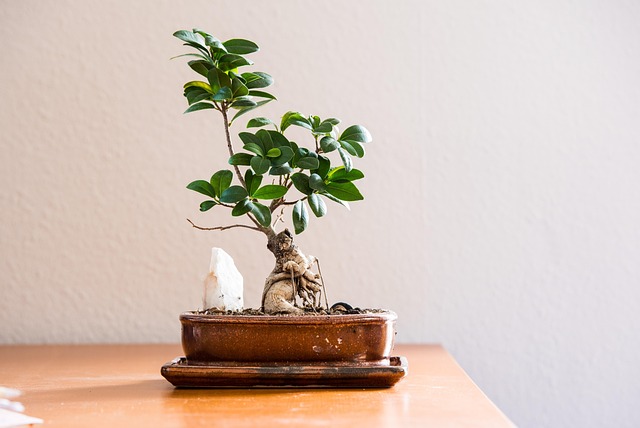
Discover the Beauty of Floating Plants
Floating plants are nature's little wonders, gracing the surfaces of ponds, aquariums, and lakes with their delicate charm. 🌿 These enchanting aquatic plants not only add a touch of elegance to your water features but also serve essential roles in maintaining a healthy ecosystem. Let’s dive into the world of floating plants and explore their benefits, types, and care tips!
What Are Floating Plants?
Floating plants are a unique group of aquatic flora that thrive on the water’s surface, deriving their nutrients directly from the water rather than the soil below. This floating lifestyle allows them to bask in sunlight, which is crucial for photosynthesis, while also providing shade and shelter to fish and other aquatic creatures. Isn't that just lovely?
Benefits of Floating Plants
Floating plants offer a plethora of benefits for both aquarists and nature enthusiasts alike:
- Natural Filtration: They help improve water quality by absorbing excess nutrients, which can prevent algae blooms.
- Habitat Creation: These plants provide hiding spots for fish, especially fry, creating a safe environment for growth.
- Aesthetic Appeal: Their lush green leaves and unique shapes add beauty and texture to any aquatic setting.
- Oxygen Production: Through photosynthesis, floating plants contribute to oxygen levels in the water, benefiting all aquatic life.
Popular Types of Floating Plants
There are several delightful varieties of floating plants to choose from, each with its unique characteristics:
- Water Lettuce: Known for its rosette-shaped leaves, this plant resembles a floating head of lettuce and can grow quite large, providing ample shade.
- Duckweed: Tiny and vibrant, duckweed is one of the fastest-growing plants, creating a lush green carpet on the water surface.
- Water Hyacinth: With its striking purple flowers, this plant is not only beautiful but also effective at filtering water.
- Salvinia: A charming, fern-like plant that floats gracefully, salvinia is perfect for adding texture to your aquarium.
Care Tips for Floating Plants
Caring for floating plants is relatively easy, making them perfect for beginners and seasoned aquarists alike. Here are some essential tips:
- Light Requirements: Most floating plants thrive in bright, indirect light. Ensure they receive adequate sunlight without being scorched.
- Water Quality: Regularly check the water parameters, as floating plants can be sensitive to changes in pH and nutrient levels.
- Temperature: Keep the water temperature stable, ideally between 70°F to 85°F (21°C to 29°C), to promote healthy growth.
- Regular Maintenance: Trim back overgrown plants to prevent overcrowding and ensure all plants receive sufficient light.
Creating a Floating Plant Paradise
Incorporating floating plants into your aquarium or pond can transform it into a serene oasis. They can be paired with various submerged and emergent plants to create a balanced aquatic ecosystem. Consider mixing different types of floating plants for a visually appealing arrangement. 🌸
Conclusion
Floating plants are not just a pretty face; they play a vital role in maintaining a healthy aquatic environment. Whether you're a hobbyist looking to enhance your aquarium or a nature lover wanting to beautify your pond, these plants offer a delightful blend of functionality and aesthetics. So, why not give floating plants a try? Your aquatic friends will thank you!
















 What Are Collector's Items in TF2?
What Are Collector's Items in TF2? 
 Health
Health  Fitness
Fitness  Lifestyle
Lifestyle  Tech
Tech  Travel
Travel  Food
Food  Education
Education  Parenting
Parenting  Career & Work
Career & Work  Hobbies
Hobbies  Wellness
Wellness  Beauty
Beauty  Cars
Cars  Art
Art  Science
Science  Culture
Culture  Books
Books  Music
Music  Movies
Movies  Gaming
Gaming  Sports
Sports  Nature
Nature  Home & Garden
Home & Garden  Business & Finance
Business & Finance  Relationships
Relationships  Pets
Pets  Shopping
Shopping  Mindset & Inspiration
Mindset & Inspiration  Environment
Environment  Gadgets
Gadgets  Politics
Politics 